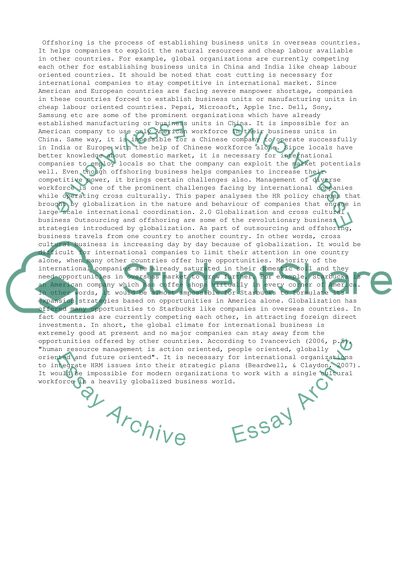Cite this document
(“Globalization may change the nature and behavior of companies that Essay”, n.d.)
Globalization may change the nature and behavior of companies that Essay. Retrieved from https://studentshare.org/management/1491657-globalization-may-change-the-nature-and-behavior
Globalization may change the nature and behavior of companies that Essay. Retrieved from https://studentshare.org/management/1491657-globalization-may-change-the-nature-and-behavior
(Globalization May Change the Nature and Behavior of Companies That Essay)
Globalization May Change the Nature and Behavior of Companies That Essay. https://studentshare.org/management/1491657-globalization-may-change-the-nature-and-behavior.
Globalization May Change the Nature and Behavior of Companies That Essay. https://studentshare.org/management/1491657-globalization-may-change-the-nature-and-behavior.
“Globalization May Change the Nature and Behavior of Companies That Essay”, n.d. https://studentshare.org/management/1491657-globalization-may-change-the-nature-and-behavior.


